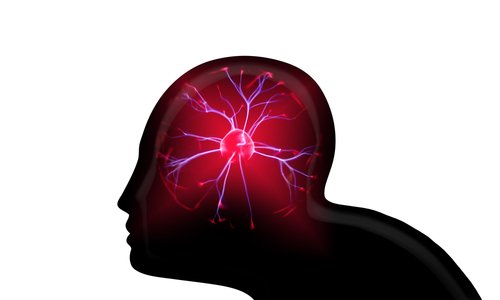Seizure-Like Brain Activity May Contribute to Alzheimer’s Development, Study Reports

Epileptic-seizure-like activity in a brain region called the hippocampus may contribute to the development of Alzheimer’s, according to a case study involving two patients.
And an anti-epileptic medicine may be able to slow the disease’s progression, Massachusetts General Hospital researchers said.
An additional finding was that seizure-like activity may be difficult to detect in Alzheimer’s. The team spotted it when two patients were sleeping after previous attempts with another detection device failed.
The findings could have important implications in the development of Alzheimer’s. The hippocampus is the region responsible for processing long-term memory and emotional responses. In addition, most of the memory consolidation process occurs during sleep.
The study, “Silent hippocampal seizures and spikes identified by foramen ovale electrodes in Alzheimer’s disease,” was published in Nature Medicine.
“While it is not surprising to find dysfunction in brain networks in Alzheimer’s disease, our novel finding that networks involved in memory function can become silently epileptic could lead to opportunities to target that dysfunction with new or existing drugs to reduce symptoms or potentially alter the course of the disease,” Andrew Cole, director of the hospital’s epilepsy service, said in a press release. He was senior author of the study.
Many researchers have tried, but failed, to identify the biological mechanisms underlying Alzheimer’s.
The Massachusetts General study involved two women in their 60s with early signs of Alzheimer’s but no history of seizures. Brain images and cerebrospinal fluid analysis confirmed the disease.
Researchers performed scalp electroencephalogram recordings during sleep to measure the women’s brain activity. Although EEGs failed to reveal signs of seizures, the team suspected they had occurred in the hippocampus. The region is not only affected in Alzheimer’s, but it’s also a source of seizures in epilepsy patients.
The team placed small electrodes on both sides of the women’s brains to try to detect seizure activity that EEGs had failed to show. The electrodes detected frequent bursts of electrical activity called spikes that are often associated with seizures.
EEGs had failed to detect 95 percent of the electrical activity, and researchers had chalked up the other 5 percent to normal brain activity during sleep.
“Our findings confirmed the presence of serious dysfunction of the neuronal networks affected by Alzheimer’s disease, and confirmed our hypothesis that epileptic phenomena are an important component of that disturbance,” Cole said.
During the first 12 hours the electrodes were in place, they detected three seizures in one of the women — all while she was sleeping. None of the seizures required treatment.
An anti-seizure drug, Keppra (levetiracetam), reduced the patient’s seizure-like activity by 65 percent in the next 48 hours.
A year after the woman started taking the anti-epilepsy medicine, she reported only one episode of confusion — and that occurred when she missed several doses of Keppra. Repeated neuropsychological tests revealed only a mild progression of her cognitive impairment.
The anti-seizure drug affected the second patient’s mood, so she had to discontinue it.
“We now have to study more individuals to validate this finding and understand how prevalent it is in Alzheimer’s patients, whether it occurs in other neurodegenerative disorders and how it responds to treatment,” Cole said.






